commentary Commentary
Commentary: We can’t save the Sentosa Merlion, but can sure protect other aspects of Singapore’s heritage
In space-starved Singapore, it is important to preserve our intangible cultural icons too, says Karen Tee.
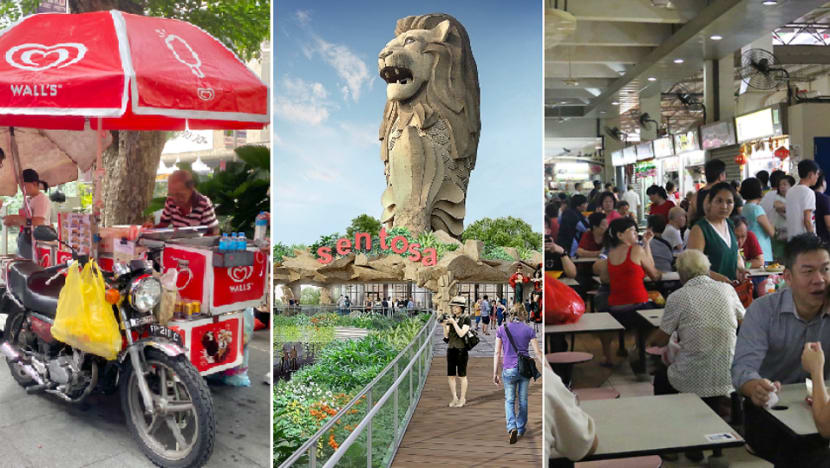
SINGAPORE: On Sunday (Oct 20), the Sentosa Merlion closes for good, its fate sealed and its impending demolition happening in a matter of time.
Last month, when news broke that this 37m tall structure would soon be no more, there was a massive outpouring of grief over the loss of what many people regard as an iconic symbol of Singapore.
WHY THE SADNESS OVER SENTOSA MERLION'S DEMOLITION?
Call me unsentimental but I was initially genuinely surprised by this display of sadness. After all, the Merlion was literally created as a tourist gimmick.
In 1963, Fraser Brunner, curator of Van Kleef Aquarium, came up with this design by referencing two myths - Singapore’s supposed beginnings as a fishing village as well as the legend that Sang Nila Utama had sighted a lion on the island.
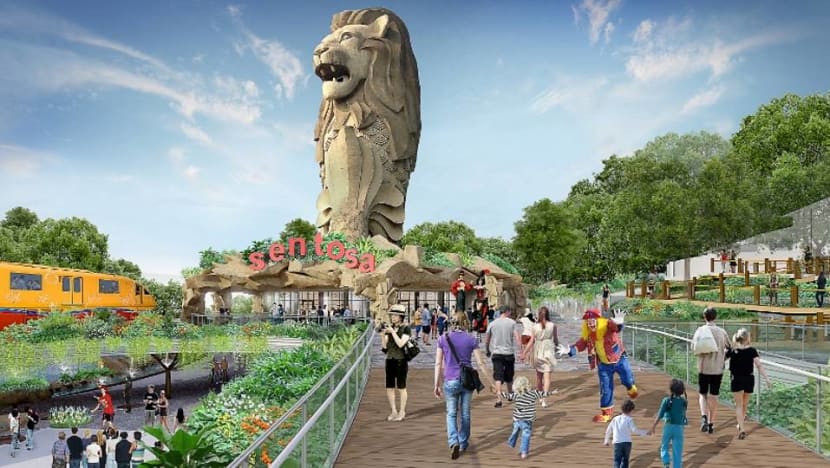
The Singapore Tourism Board went on to commercialise the Merlion by using its image on souvenirs and by placing several statues at various points of interest around the country.
In 1995, when the Sentosa Merlion was built, some creative scribe spun a far-fetched yarn about how the Merlion would visit Sentosa to guard the island and to watch over the Central Business District.
It’s hard to imagine any pragmatic local subscribing to this hogwash, so if anything, I would have thought that travellers would have formed a stronger emotional bond to the Merlion than Singaporeans.
In addition, there is the matter of upkeep of this particular Merlion. I was most recently in Sentosa in March, where I happened to pass by the Merlion structure.
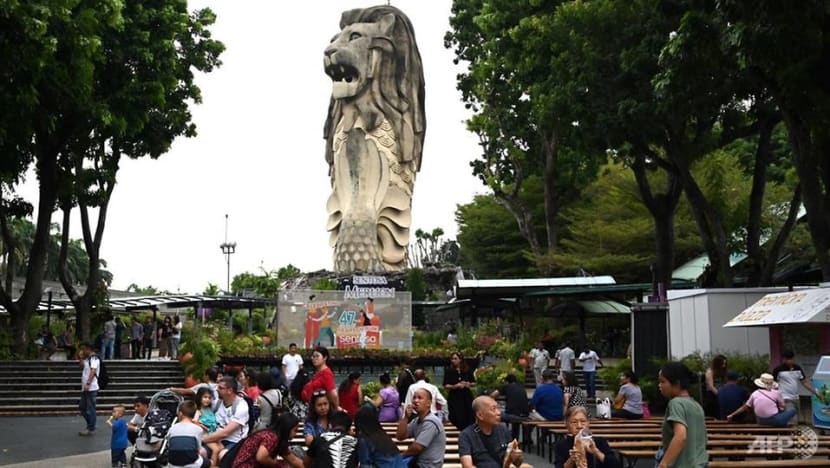
Its appearance was, quite frankly, rather shabby with a dirt-stained, unevenly coloured facade and tacky laser beams shooting out from its eyes. Singapore, I believe, has many interesting sights, but this outdated Merlion is not one of it.
AN ENDLESS STREAM OF DEMOLITIONS
This is not even the first time a landmark will be knocked down - and it likely will not be the last. In space-starved Singapore, the Government has typically adopted a practical view towards tearing down physical structures in order to make way for redevelopment.
We have lived through a seemingly endless stream of demolitions, including the old National Library, Queensway Cinema and very soon, Pearl Bank Apartments. Even old buildings that have been saved from the wrecking ball often get repurposed into something devoid of its contextual meaning.
For example, the former Beach Road Camp and the Non-Commissioned Officers’ (NCO) Club is now a hotel and F&B development.
In general, we mourn, we take photographs to preserve the memory and then we move on.
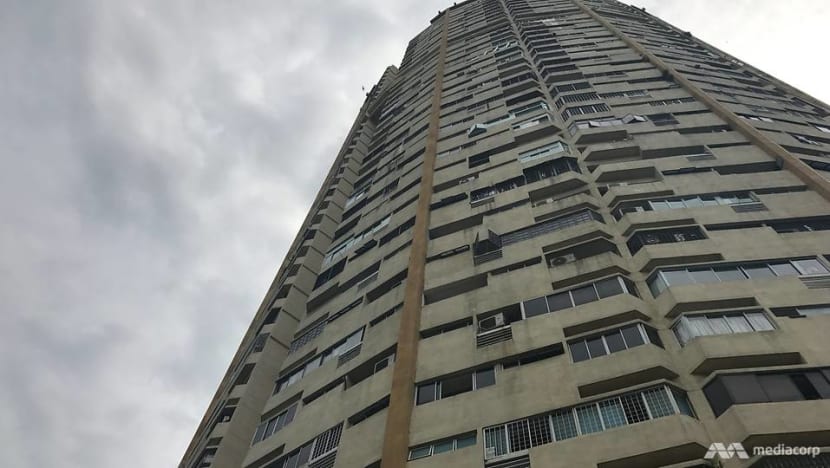
WHY WE NEED MONUMENTS
But despite all these rational reasons to remain level headed in the name of progress and development, it is apparent that the Merlion is not just any other old building to the public.
The symbol was created just two years prior to Singapore’s independence in 1965, which essentially makes it synonymous with the birth of this nation.
It is human nature to want to find ways to feel connected to our history and heritage and the Merlion, being a tourist icon, is naturally imbued with an intrinsic feel-good factor that makes it appealing. Like Japan’s Hachiko dog legend, the story of this mermaid-lion hybrid is uplifting and captures one’s imagination, regardless of race, language or religion.
Furthermore, as a relatively young nation, there are few physical spaces outside of a museum where people can gravitate towards to feel that sense of bonding and community. Just have a think about it - is there any location that comes to mind?
We do however seem to have a penchant for shiny, man-made monuments that showcase Singapore’s hard-earned transformation into a futuristic, ultra-modern city.
Take for instance, Jewel Changi Airport. With a jungle enclosed within an eye popping glass and steel structure that doubles up as a massive waterfall, Jewel is the perfect symbol of the country’s impressive triumph against the odds.
READ: Commentary: Will Jewel Changi Airport sound the death knell for Orchard Road?

Now that is an apt physical representation of the Singapore story, if there ever was one.
INTANGIBLE ICONS MATTER TOO
Still, beyond celebrating the present, there is a need for a space that allows us to reflect on our heritage and connect with our roots. Perhaps in the future, there may be a venue that will be preserved and widely accepted as a marker of Singapore’s history the way a man-made symbol like the Merlion is.
In the meantime, there are other options we can collectively take pride in. Intangible aspects of our culture, in particular, stand a good chance of surviving the country’s very practical use of physical space.
Our melting pot hawker scene immediately comes to mind. Singapore has already submitted the country’s hawker culture to UNESCO to be recognised as an intangible cultural heritage. It is equally essential for us locals to keep this alive and thriving by putting our money where our mouths are.
READ: Commentary: UNESCO listing may lift hawker culture but saving it is a different challenge
READ: Commentary: Is the Michelin Bib Gourmand overrated?
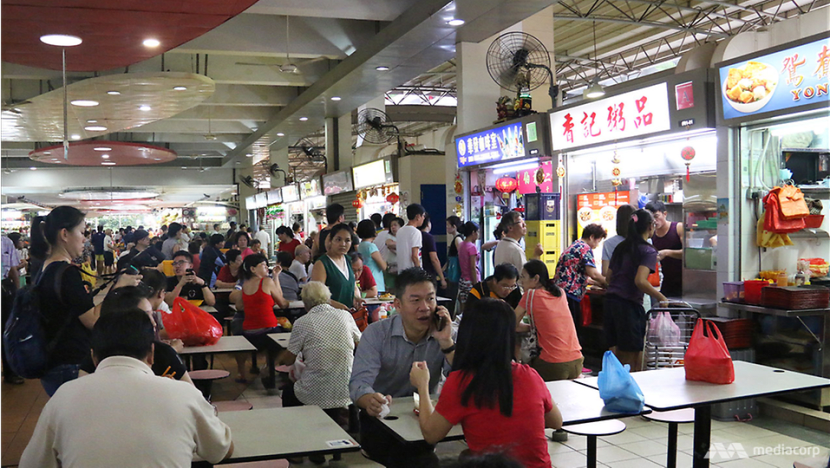
We already know how to do this - for starters, we could gripe less when hawkers have no choice but to implement marginal price hikes.
It is also worth making the effort to patronise stalls run by the next generation of young hawkers, not just to keep them going but so that we, as diners, are personally informed about how our local food scene is evolving.
More recently, an article on Orchard Road’s ice cream carts being slowly phased out shone the spotlight on the sad fact that this might be a dying trade.
This uniquely Singaporean style of serving ice cream sandwiched between wafers or bread has long been a quirky and refreshing treat that brings much needed character to the shopping strip.
It would be a pity to let this tradition die out, just because street hawker licenses have been discontinued. Because these elderly ice cream cart uncles are unable to transfer their licenses on to friends or family members who may be interested in taking over, time is running out for them.
READ: 'Once they are gone, it will really be a pity': Orchard Rd ice-cream carts could end with their owners
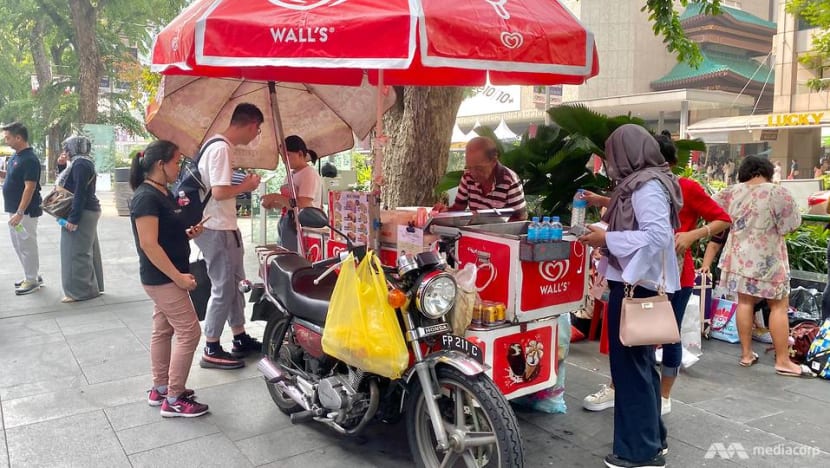
At least with the Merlion, there are six other statues to visit. But with the ice cream uncles, their time is limited.
It’s hard to tell if this policy will change, but just in case, I intend to get myself a multi-flavoured ice cream wafer the next time I’m in Orchard Road - and snap many pictures of it - just for old time’s sake.
Karen Tee is a freelance travel and lifestyle writer. Six years ago, people thought she was crazy to leave the security of her full-time job. Today, most want to know how she does it.














